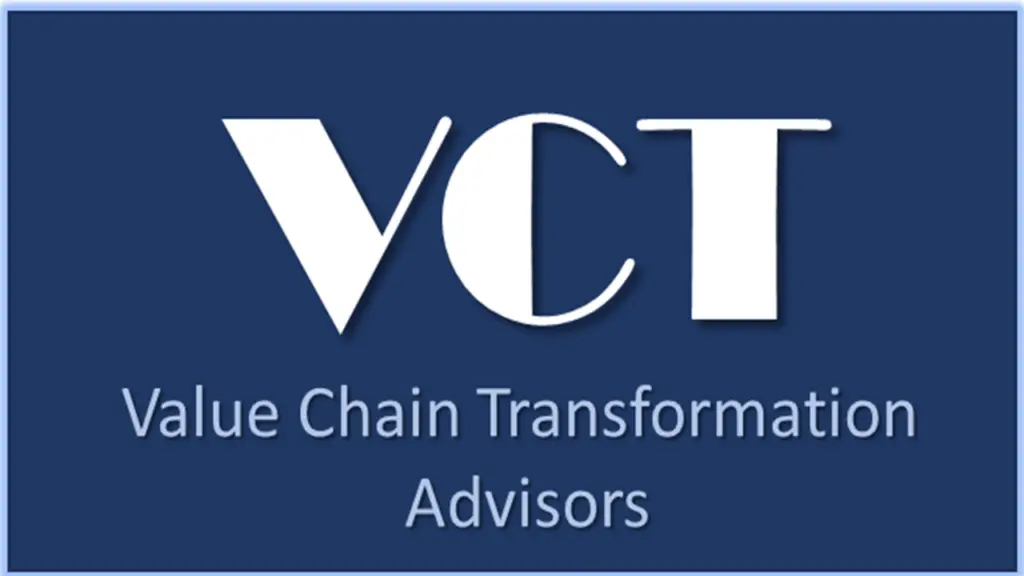If you’ve ever tried to build a forecast more than a few quarters out, you know the reality: the numbers look steady—until they don’t. Promotions pull demand forward, competitors launch products early, and macro shifts hit a market you thought was stable. Relying solely on history forces planners into a continual reaction mode—firefighting exceptions, padding safety stock, and explaining misses to leadership instead of driving strategy.
AI is changing the game when it comes to forecasting. By blending traditional forecasting with machine learning, external signals, and explainable insights, supply chains can finally move away from reactive adjustments toward proactive planning. This was the focus of GAINS’ recent on-demand webinar, AI Wars: The Data Awakens, where thought leaders discussed how AI is reshaping the future of long-term forecasting.
Moving Beyond Backward-Looking Models
As Matt Morton, Senior Director of Engineering at GAINS, explained:
“Most forecasting today is fundamentally backward-looking. It relies on historical data, and this creates a blind spot where we’re focusing on a lagging indicator. It tells us what happened yesterday and not necessarily what’s coming tomorrow.”
Instead of waiting for disruptions to show up after the fact, AI blends traditional time-series models with forward-looking signals such as:
- Market and macroeconomic data (Federal Reserve reports, commodity prices, housing starts)
- Real-time customer behavior and channel performance
- Internal material-level demand patterns
With this approach, forecasts become more adaptive. GAINS customers have seen a consistent 20–30% improvement in forecast error. That level of accuracy builds confidence and allows planners to trim safety stock without sacrificing service.
Tackling New Items and Thin Data
One of the toughest forecasting challenges comes when launching a new product or sourcing from a new supplier. Traditional systems simply don’t have the history to go on.
Morton also addressed one of the toughest forecasting challenges—new products and suppliers: “What happens when you onboard a new supplier? What happens when you launch a new product sourced from a new region? You’re flying blind until you accumulate enough data to make it worthwhile.”
AI bridges this gap by learning from similar products, suppliers, and trade lanes—delivering reliable estimates from day one and reducing blind spots, excess stock, and early misalignment.
Building Forecasts You Can Trust
Forecasts will never be perfect, but the bigger problem is when planners can’t see what’s driving the numbers. Without that clarity, overrides pile up and teams fall out of sync. AI helps by making the ‘why’ behind the forecast visible.
When planners can see why the model is leaning one way or another, they’re more likely to trust the signal and less likely to override it, creating better alignment across supply chain, finance, and leadership teams.
Reducing the Cost of Inaccuracy
AI in forecasting isn’t just about smaller error margins—it’s about unlocking measurable business value:
- Lower safety stock: With a more reliable signal, companies carry less excess inventory.
- Stronger service levels: Customers get what they want, when they want it.
- Fewer surprises: Early-warning signals mean less time firefighting and more time on strategy.
In one case, GAINS showed that combining AI-driven demand and lead-time prediction cut lost sales by 18% and reduced inventory by $21 million—results that wouldn’t have been possible with backward-looking models alone.
Those are the kinds of outcomes that turn forecasting from a reporting exercise into a strategic capability.
Making AI Practical in Forecasting
Jeff Metersky, VP of Solution Strategy at GAINS, reminded attendees that AI should be applied with purpose: “AI itself is a tool. It’s not a strategy. When we think about what’s available for us as supply chain leaders to make better decisions, we want to pick the appropriate tool for the decision and the outcome at hand.”
To put AI into practice for long-term forecasting, focus on three essentials:
- Start with the business problem. Target the pain points—like lead time volatility or high safety stock—where AI can directly improve KPIs.
- Keep humans in the loop. AI should augment planners by reducing noise and surfacing insights, not replace judgment.
- Build on solid data. You don’t need perfect data—AI can help detect anomalies and fill gaps—but data readiness matters.
The Bottom Line
AI won’t eliminate uncertainty in long-term demand forecasting, but it does make it manageable. By blending history with external signals, explaining the “why” behind predictions, and adapting as conditions shift, AI helps supply chains spend less time reacting and more time preparing.
The result? Fewer surprises, better service, and inventory strategies that hold up when the market shifts.



